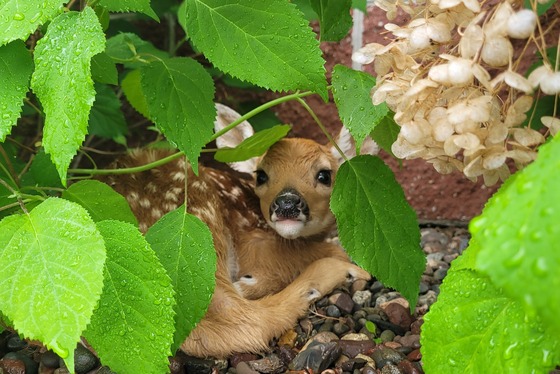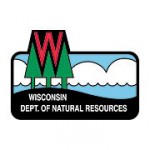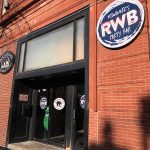Keep Wildlife Wild: Know What To Do If You Find A Fawn This Spring, Summer

Young fawns spend most of the day on their own, quietly waiting for their mothers to return from feeding. / Photo Credit: Wisconsin DNR
MADISON, Wis. – The Wisconsin Department of Natural Resources (DNR) reminds the public to protect white-tailed deer fawns by observing them from a safe distance this spring and summer.
If you encounter a fawn while outdoors, do not touch it or intervene in any way – there’s a good chance it’s right where it’s supposed to be, and its mother isn’t far away.
“Young fawns are often left alone for most of the day to keep them safe,” said Jenna Fastner, DNR captive wildlife health specialist. “Although their mother can return at any time, white-tailed deer are crepuscular, or more active at dawn and dusk, which means the fawn can be alone for long periods between feedings. By the Fourth of July, most fawns are on the move alongside or near their mothers.”
What To Do If You Find A Fawn
- Unaccompanied fawns have rarely been abandoned. If you find a seemingly healthy fawn lying quietly by itself, do not touch it, and leave it there.
- Do not bring other people or pets to look at the fawn. The mother will not return while people or other animals are around. Giving the fawn and its mother space is the best thing you can do to support their natural behavior.
- Do not feed the fawn. Wild animals have specialized dietary needs that are not easily met, and providing non-natural food sources puts them at risk of suffering nutritional deficiencies that can lead to deformities or death.
- If you encounter a fawn that appears sick, injured or is in an unsafe location, record what you are observing from a distance and take photos or videos if you are able to do so safely.
- Call the DNR or a licensed wildlife rehabilitator for guidance before intervening. Wildlife rehabilitators often specialize in one or a few species. Make sure you are contacting a wildlife rehabilitator licensed to provide rehabilitative care to fawns.
In Wisconsin, it is against the law to take an animal from the wild to keep as a pet or to provide unlicensed rehabilitation. You must have a license to conduct wildlife rehabilitation, and you should never try to care for a wild animal to protect their health and yours.
NOTE: This press release was submitted to Urban Milwaukee and was not written by an Urban Milwaukee writer. While it is believed to be reliable, Urban Milwaukee does not guarantee its accuracy or completeness.





















